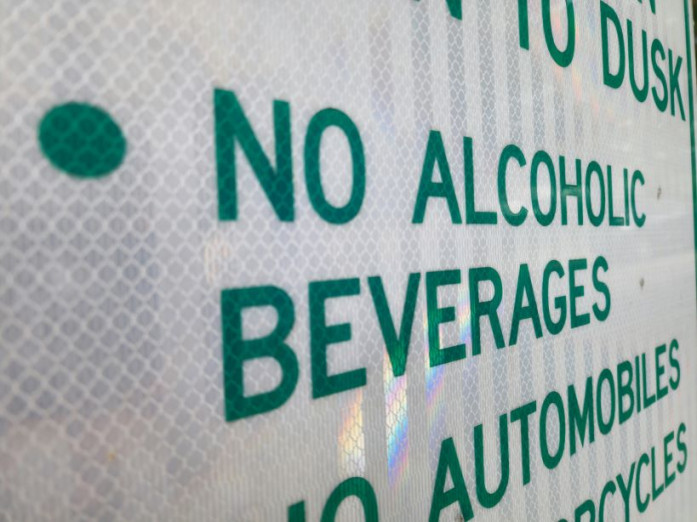Alcoholics Anonymous (AA) has long been a fundamental aspect of treating alcohol use disorders in the United States, but a recent study in the Journal of Studies on Alcohol and Drugs reveals that Americans are not accessing it equally. The research, published in the January issue, highlights persistent disparities in AA attendance among different demographic groups over the past two decades.
Between 2000 and 2020, individuals with an alcohol use disorder who were Black or Hispanic/Latinx were approximately 40% less likely to have attended AA meetings compared to their White counterparts. Moreover, a significant gap was observed between individuals under 30 and older adults, with fewer than 5% of those under 30 having attended AA, in contrast to about 12% of those aged 30 and above.
Lead researcher Sarah Zemore, Ph.D., a senior scientist with the Alcohol Research Group, expressed concern over these disparities, noting that it implies suboptimal care for Black, Latinx, and emerging adult populations. While mutual-help groups like AA are recognized for their effectiveness in supporting recovery, the study suggests that certain groups might not find AA appealing.
Past studies have hinted at this, with people of color reporting conflicts with AA’s philosophy and feelings of scrutiny or discrimination. Young adults, on the other hand, might be deterred by the religious nature of the meetings. Despite the evolution of AA over the years, offering meetings in different languages and tailored for specific demographics, the study indicates that attendance disparities have persisted since 2000.
The research, based on National Alcohol Survey data from 2000 to 2020, focused on nearly 8,900 Americans with a history of at least two of 11 symptoms used to diagnose an alcohol use disorder. Disparities in AA attendance among people of color and young adults persisted even after accounting for factors such as the severity of alcohol-related problems or receipt of specialty treatment.
Zemore emphasized that addressing this issue likely requires more than AA alone. While AA and similar programs contribute to social network changes crucial for recovery, the study suggests that additional efforts are needed to bridge attendance gaps and ensure equitable access to support for diverse populations.



